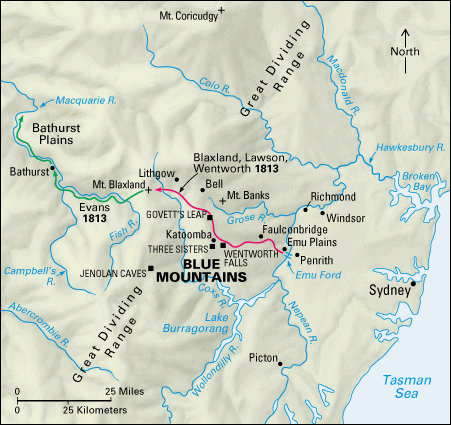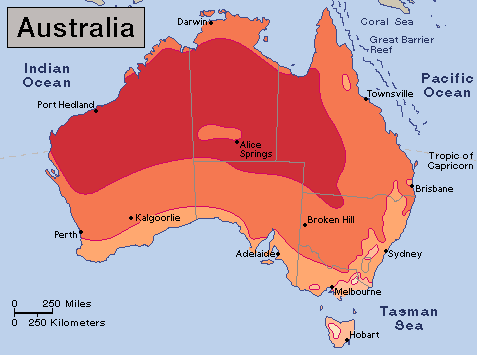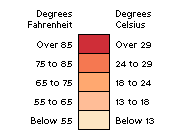Bushfires and Koalas
Monday, December 23rd, 2019December 23, 2019
Saturday, December 21, was the winter solstice in the United States and the rest of the Northern Hemisphere. In the Southern Hemisphere—which includes Australia, New Zealand, and other lands south of the equator—the solstice marks the beginning of summer. In Australia, summer is a season known for bushfires. Such wildfires are common in Australia, due in part to the country’s hot and dry climate. Many wildfires start in the remote countryside known to Australians as the bush. Bushfires can be extremely destructive, especially if they reach urban areas. The fires often kill people and destroy property and farmland. They also devastate forests, along with the koalas and other animals that live there.
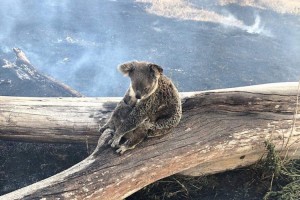
Police in Jimboomba, Queensland, rescued this koala and her joey from a bushfire in late November 2019. Many other koalas were not so lucky. Credit: Jimboomba Police
A number of major bushfires have plagued Australia in 2019. Late last summer, in February, bushfires consumed more than 50,000 acres (20,000 hectares) of land in northern New South Wales. Far more destructive bushfires ignited again in New South Wales in September, burning nearly 5 million acres (2 million hectares) there and in neighboring Queensland. Some of those fires lasted for weeks, while others continue to burn, turning skies black or orange, causing severe damage, and killing a number of people. The bushfires also killed thousands of vulnerable and slow-moving koalas trapped by the rapidly spreading flames.
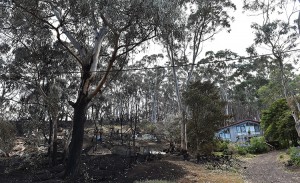
Bushfires are relatively common in Australia. These fire-damaged buildings are seen alongside a house that survived Christmas Day bushfires near Melbourne in 2015. Credit: © Julian Smith, EPA/Landov
Koalas live only in the forests of Queensland, New South Wales, and Victoria, in eastern Australia. They are found in significant numbers in only a few areas, and the animals are protected by law. Bushfires, however, ravage the koala’s natural habitat and its population. Koalas cannot escape the fast-moving fires, and their only defense is to climb to the top of a tree, curl into a ball, and hope the flames do not rise to reach them. Koalas sometimes survive this way, but they often burn their paws and claws descending charred trees, leaving them unable to climb properly again.
Koalas are not officially listed as endangered, but the population in New South Wales and Queensland has decreased by more than 40 percent since 1990. The animals are threatened by deforestation and habitat loss, as well as the effects of climate change, which is causing longer and more intense heat waves and droughts, leading to more frequent, intense, and longer-lasting bushfires. Beyond the flames and smoke of the fires, many koalas die from lack of water or exposure to prolonged periods of high temperatures. Australia just suffered through the driest spring in its history, and a brutal heat wave peaked on Dec. 19, 2019, when the highest ever nationwide average temperature—107.4 °F (41.9 °C)—was recorded.


